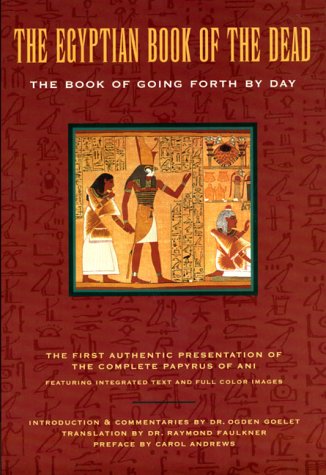Awakening Osiris: The Egyptian Book of the Dead
This is one of the most incredible books I've ever read. In this "translation" of the Book of Going Forth By Day (the original Egyptian name for the Book of the Dead) Ellis sings the world into existence and exposes the very depths of my soul like no other writer ever has. It is not a literal translation, but more of a contemporary reflection of what the various chapters mean, a very poetic, smoothly flowing meditation on "Becoming Osiris" and living life like the gods we are. If you've ever been interested in Egyptian thought or mythology, you will love this book!
I am Osiris. I walk between the two worlds. I am the maker of myths. I remember all that was and what will be. I am eternal, existing for the millions of years. When you see the sun, remember me, remember your Self.
I am Osiris. I walk between the two worlds. I am the maker of myths. I remember all that was and what will be. I am eternal, existing for the millions of years. When you see the sun, remember me, remember your Self.




